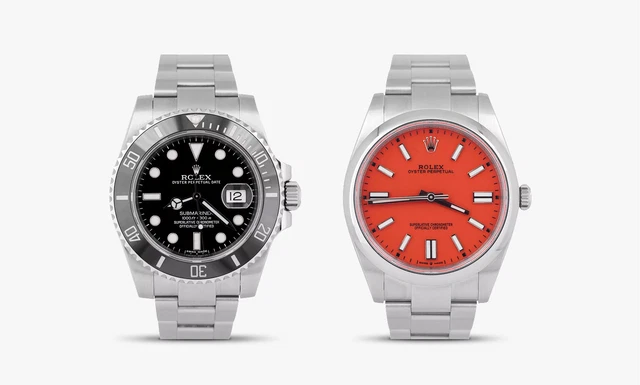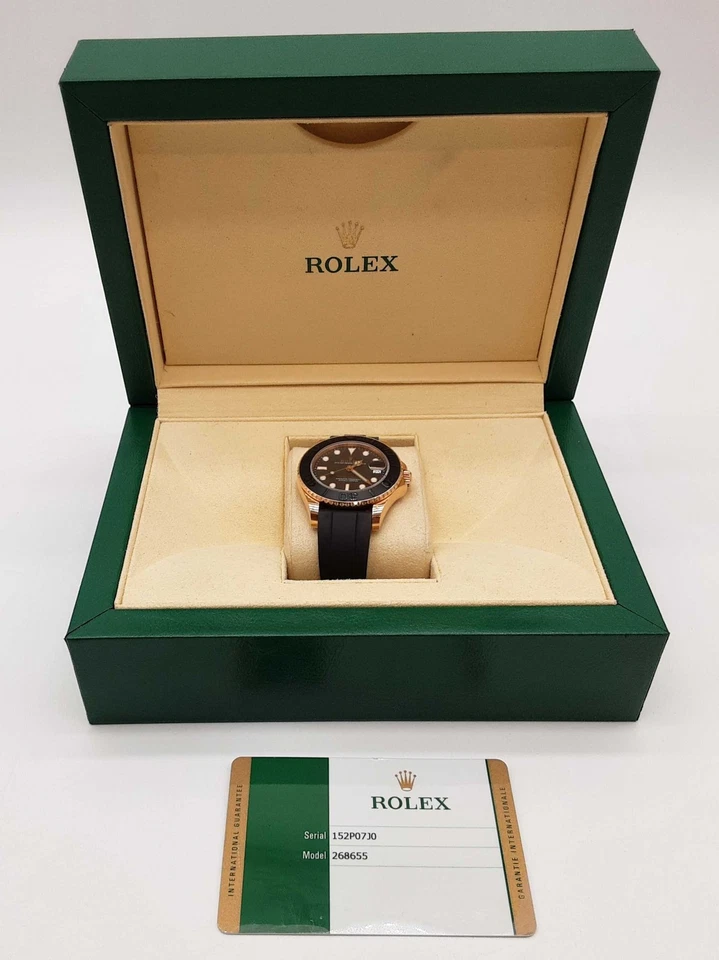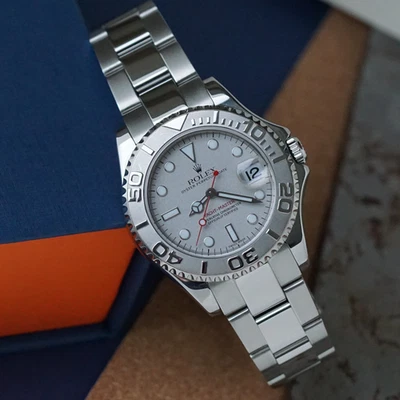Rolex Yacht-Master Wristwatches
Shop by category
Featured
1,551 results
Sort: Best Match
- $25,000.00or Best OfferFree shipping48 watching
- $315.00or Best Offer$9.74 shipping
- $7,800.00or Best Offer$7.96 shipping86 watching
- $1,307.00or Best OfferFree shipping
- $6,935.00$65.00 shipping46 watching
- $16,499.00or Best OfferFree shippingOnly 1 left!
- $13,000.00or Best OfferFree shipping37 watching
- $27,345.36Free shipping24 watching
- $6,345.00or Best Offer$38.65 shipping16 watching
- $9,250.00$24.15 shipping
- $15,291.97Free shipping37 watching
- $25,999.00or Best Offer$60.00 shipping
- $13,251.97Free shipping
- $34,999.00or Best OfferFree shipping
- $11,400.00or Best OfferFree shipping44 watching
- $13,450.00Free shipping143 watching
- $9,650.00or Best OfferFree shipping
- $30,000.00or Best OfferFree shipping17 watching
- $15,975.00Free shippingOnly 1 left!
- $8,999.00or Best OfferFree shippingOnly 1 left!
- $7,695.00Free shipping58 watching
- $8,999.99Free shipping21 watching
- $16,225.00$12.45 shipping0 bids5d 3h
- $29,977.50Free shipping5 watching
- $13,495.00or Best OfferFree shipping16 watching
- $9,999.95or Best Offer$65.00 shipping11 watching
- $11,200.00or Best OfferFree shipping
- $6,000.00or Best OfferFree shipping145 watching
- $6,655.00Free shipping
- $14,800.00or Best OfferFree shipping49 watching
- $14,700.00or Best OfferFree shipping29 watching
- $27,995.00or Best OfferFree shipping
- $9,150.00$65.00 shipping
- $9,550.00Was: $12,592.50was - US $12,592.50or Best OfferFree shipping135 watching
- $14,271.97Free shipping
- $5,650.00Free shipping
- $7,499.00Free shipping
- $28,551.97Free shipping14 watching
- $12,000.00or Best Offer$11.52 shipping81 watching
- $11,000.00or Best OfferFree shipping
- $12,231.97Free shipping10 watching
- $26,950.00Was: $54,945.00was - US $54,945.00Free shippingEst. delivery Sat, Nov 1533 watching
- $13,557.97Free shipping
- $16,225.00Free shipping47 watching
- $22,500.00or Best OfferFree shipping29 watching
- $22,500.00Free shipping12 watching
- $34,950.00Was: $54,945.00was - US $54,945.00or Best OfferFree shipping
- $13,395.00or Best Offer$150.00 shipping
- $7,950.00Was: $9,142.50was - US $9,142.50Free shippingEst. delivery Sat, Nov 1515 watching
- $20,950.00Was: $32,832.50was - US $32,832.50or Best OfferFree shippingEst. delivery Sat, Nov 1526 watching
- $15,000.00or Best OfferFree shipping
- $8,000.00or Best OfferFree shipping
- $12,945.00or Best OfferFree shipping11 watching
- $7,995.00or Best Offer$40.00 shipping
- $18,351.97Free shipping14 watching
- $11,432.73Free shipping
- $12,995.00or Best Offer$11.52 shipping18 watching
- $11,995.00or Best OfferFree shipping19 watching
- $6,200.00or Best Offer$40.00 shipping43 watching
- $39,000.00or Best OfferFree shipping























































































